What is SEO?
SEO (Search Engine Optimization) is a process aimed at increasing organic traffic from search engines. This includes optimizing content so that search engines can better understand it and present it as valuable to users.
The inconvenient truth about Meta tags!?
What is Meta tag?
- Located at the head of an HTML document, it provides metadata information about the page. Although they do not directly display the content of a web page, they provide search engines and browsers with information about the page.
Title Tag
- Specify the title of the web page. This is the first part you see in search results and is very important for SEO.
- Generally, for Japanese, 32 characters or less is considered optimal.
- If the title is too long, important information for users may not show up in search results, so it is recommended to place important keywords and information at the beginning of the title.
- From an SEO perspective, it is recommended to include the main keywords of the page in the title, but avoid stuffing the page with too many keywords (keyword stuffing). It is important that the title accurately reflects the content of the page.
Meta Description
- A summary sentence that introduces the outline of an article. A range of 100-160 characters is recommended (in English). In Japanese, around 120 characters is recommended. Google will cut and display the text within this range , so it is important to keep it within this length. By the way, about 50 of those characters are displayed on a smartphone.
- Although it is not a direct ranking factor, it indirectly affects SEO because it affects CTR (click-through rate). Although not a direct ranking factor, it is important for improving CTR.
- You should include your target keyword; Google may display keywords in bold in your query.
Meta Keywords
- It was once used to specify relevant keywords for a page and was also important for SEO, but is now ignored by Google (officially announced by Google in 2009). It’s not important from an SEO perspective.
- In the past, meta keywords helped categorize a page’s content and make it easier for search engines to index the page for appropriate search queries, but meta keywords helped SEO companies try to manipulate rankings by classifying irrelevant and irrelevant keywords. The increased use of keywords (keyword stuffing) has led to a decline in the quality of search results. Additionally, meta keywords are no longer used for SEO as Google’s search engine has evolved its algorithm to place more emphasis on page content, user experience, backlinks, etc. than meta keywords.
Page rank and click rate
Display ranking in SERP: Advertising → Organic
A SERP (Search Engine Results Page) is a page that appears on a search engine based on a user’s search query.
First, an ad is displayed, followed by organic search results, starting from the top.

First, aim to rank on the first page, and then pay attention to click-through rate.
Once you are on the first page (within the top 10), you should be conscious of your click-through rate. In other words, when a user looks at the title and meta description, it should make them think, “I think this article will solve my problem/I want to read this article.”
The reason for this is that Advanced Web Ranking ‘s tool provides the average click-through rate for different ranks as shown below, and the approximate click-through rate for the top 10 articles is listed.
Of course, this is inversely proportional, as the purpose of a search engine is to display content that best suits the user’s search needs at the top of the list.
Even if a newly posted article finally ranks 10th, if the click-through rate is around 15%, Google will say, “This article’s click-through rate is high, even though it should normally be ranked 2nd place.” , it’s strange that it’s ranked 10th.So, I decided to move this article up to 2nd place, and it started to be displayed higher. The opposite is also true.
This process is partially automated using machine learning, and CTR serves as one of the feedback signals .
(Google also evaluates many other factors, such as user experience, quality of page content, and how long users spend on a page.)
However, this mainly applies to articles that rank on the first page, that is, in the top 10, so the approach is to focus on improving rankings first, and then shift the focus to optimizing CTR once you reach page one. is reasonable.
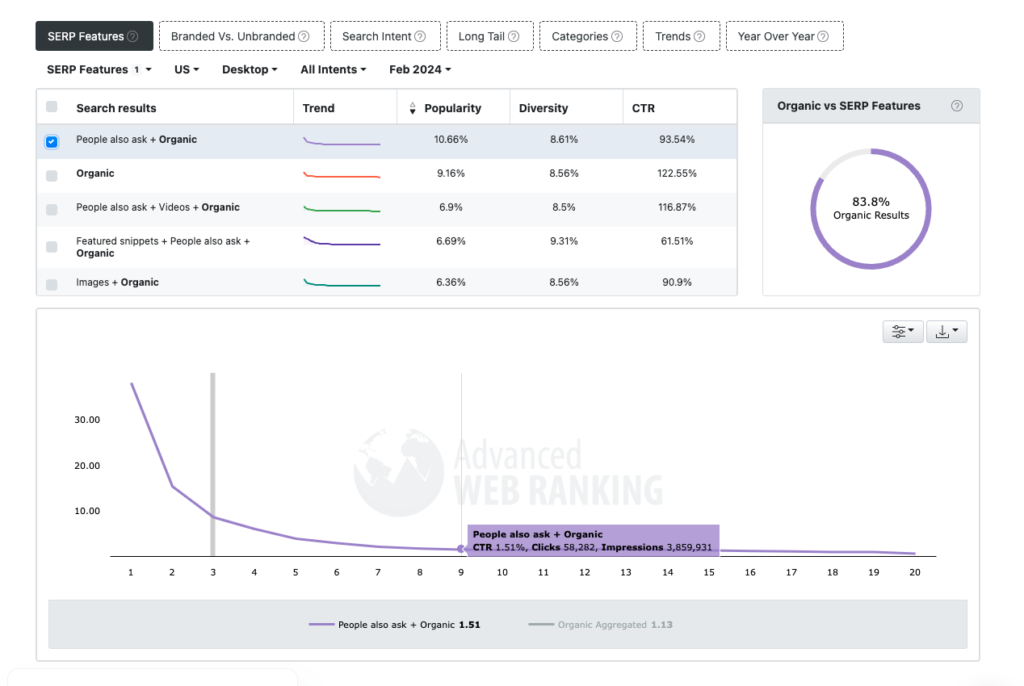
Domain rating: Ahrefs
Domain rating is an indicator that shows the strength and quantity of backlinks for a website. 100 points
You can check this value on Ahrefs, and the higher the rating, the better the SEO.
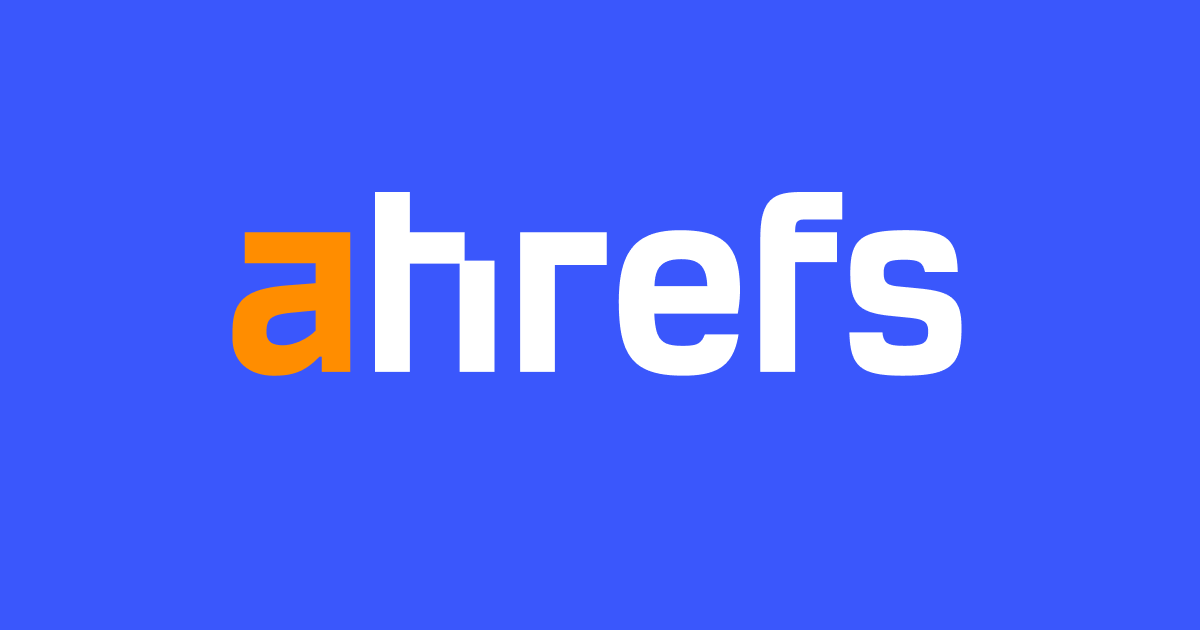
The guidelines for domain rating and SEO evaluation are as follows:
| Domain Rating (DR) | evaluation |
| 15-20 | Basic level (SEO initial stage) |
| 40 | SEO activities are being carried out |
| over 50 | Going well (good level) |
| 60 or more | Amazing (high level) |
| 80 and more | Very expensive (government offices, major companies, etc.) |
You can scroll
By the way, Ahrefs’ Domain Authority Checker is an SEO tool that not only allows you to check domain power, but also allows you to investigate in detail the number of backlinks, competitor keyword changes, and rankings. Crawler utilization rate is second in the world after Google.
If you just want to check your domain power with Ahref, you can do it for free.
By the way, my blog site (https://kazulog.fun/en) has a domain rating of 0.
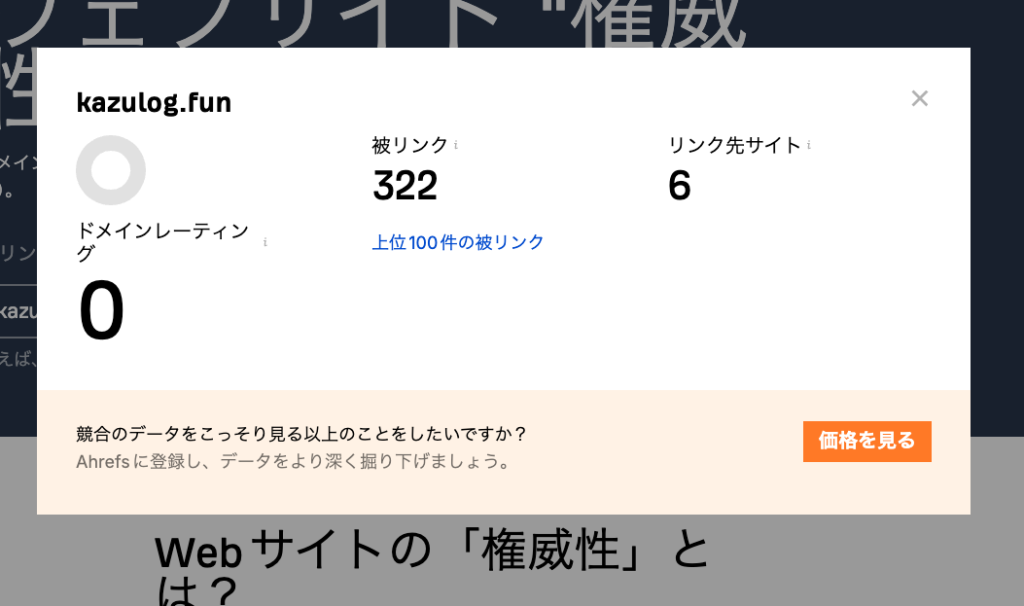
Regarding the service he founded, “Melp Web Questionnaire,” it was 75, which was pretty high.
It is a SaaS for clinics, and because the nature of the service is such that it is pasted as a banner on the clinic’s homepage, one of its characteristics is that it is easy to get backlinks from sites with some authority.
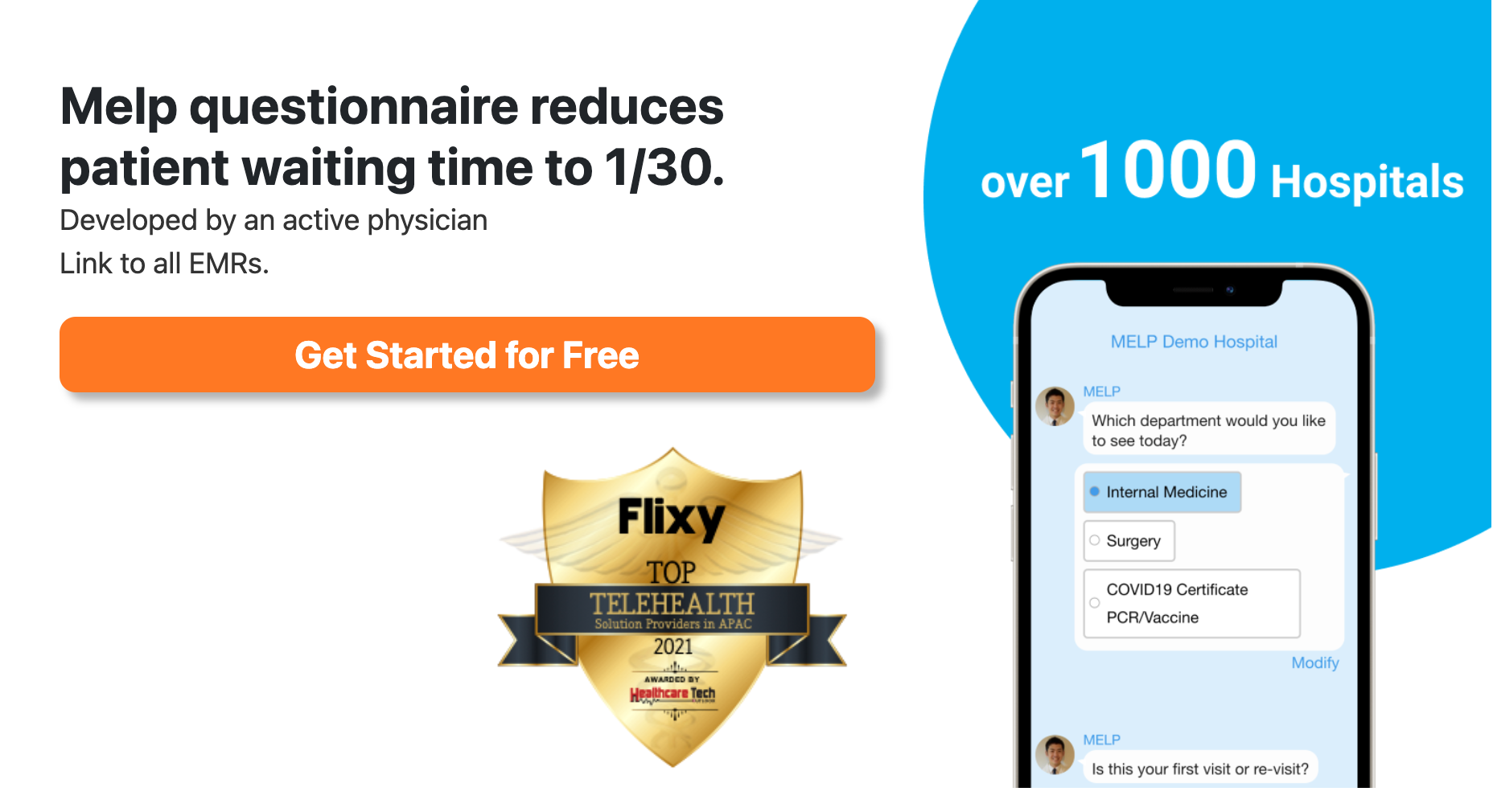

Note etc. is extremely high at 91.
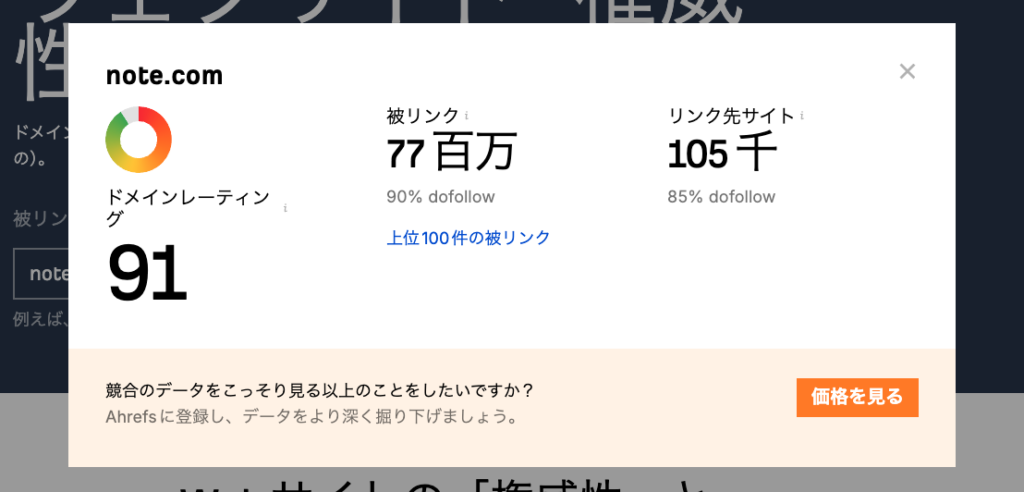
Is it meaningful to update only the title to the latest version?
I often see content that has been published in the past changed to only the title [Latest 2024] as an SEO measure, but does this make sense?
In conclusion, attracting users’ attention may help improve click-through rates, but it won’t work unless you also change the content of the article.
Google regularly crawls web pages and evaluates updated content. Updating the title tells search engines that the page has changed, but Google’s algorithms analyze the entire page’s content to assess quality. Even if only the title has been updated, if the content of the article remains outdated, the improvement in search engine ratings will be limited.
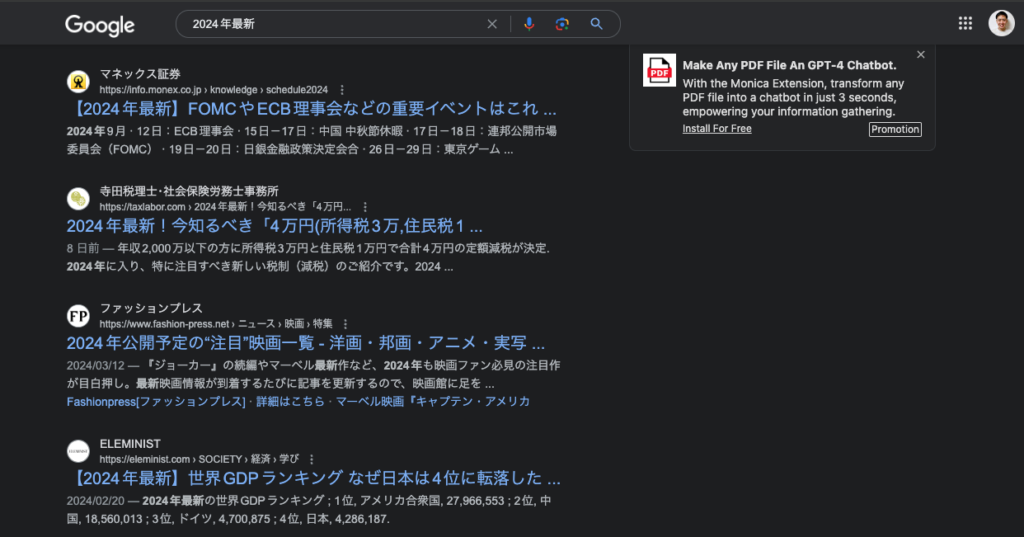
Click here for an article on which is better from an SEO perspective: subdomains vs. subdirectories

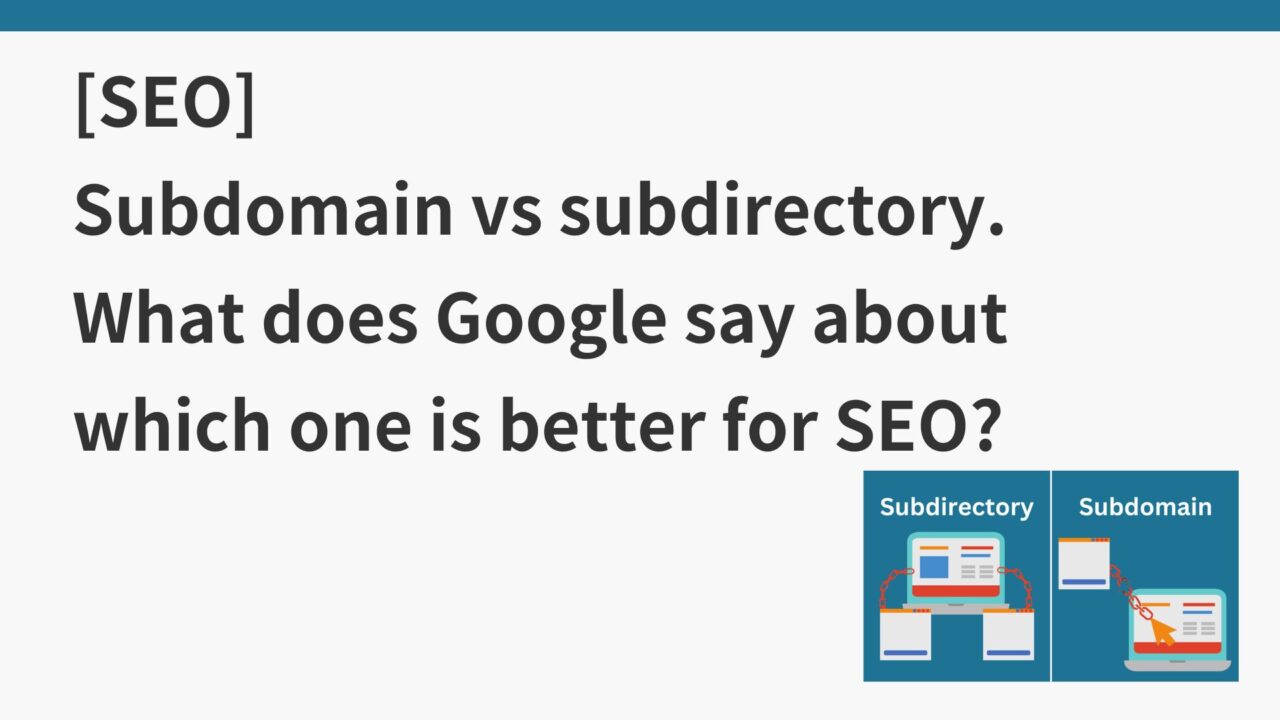

コメント